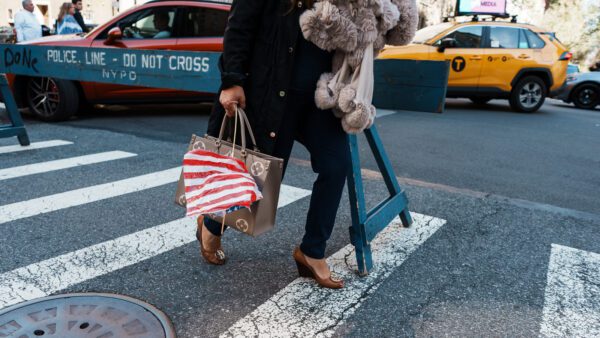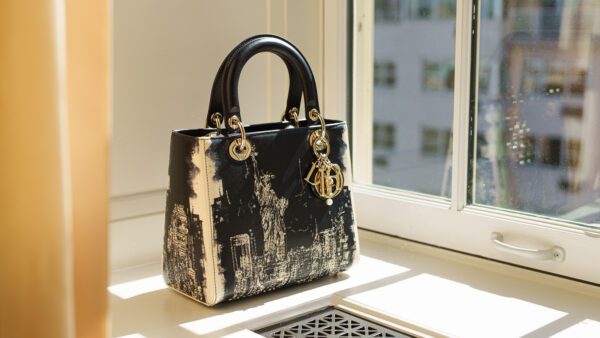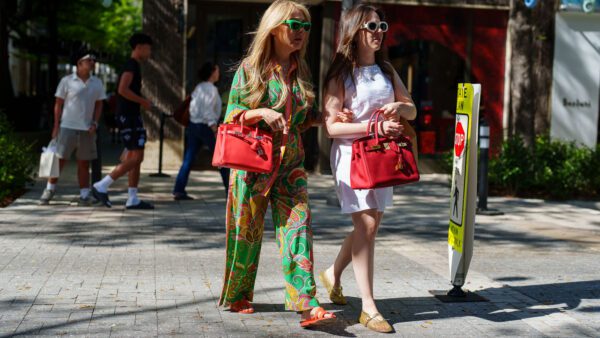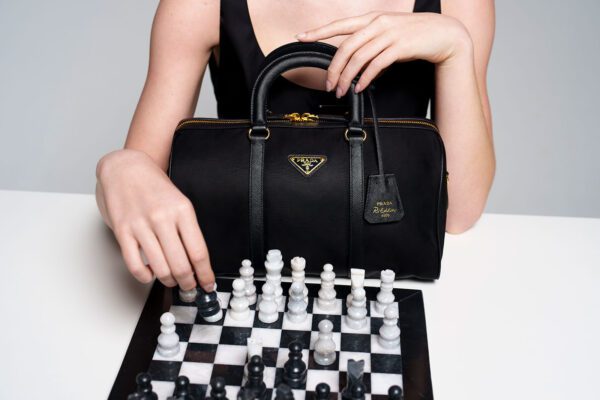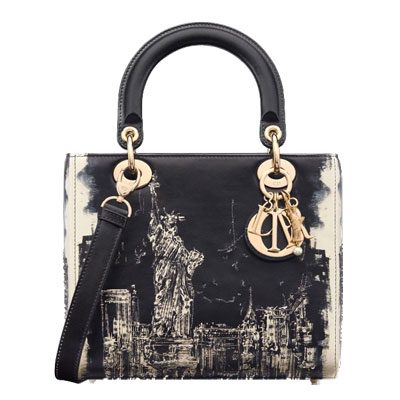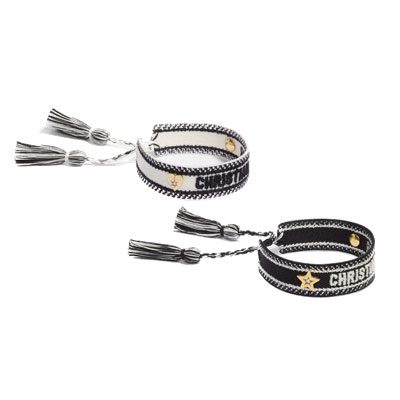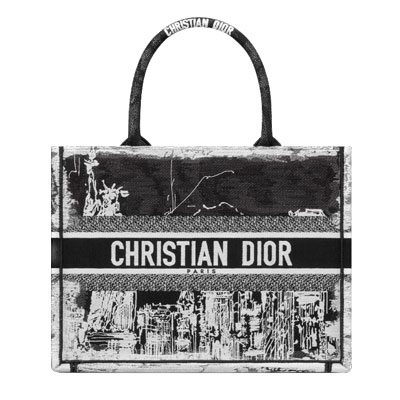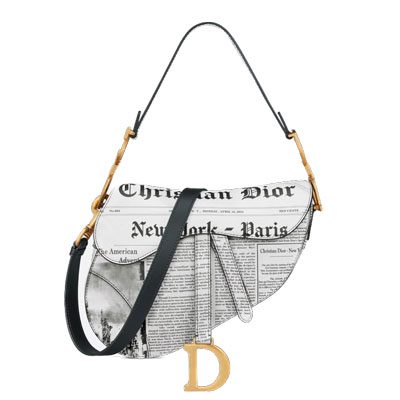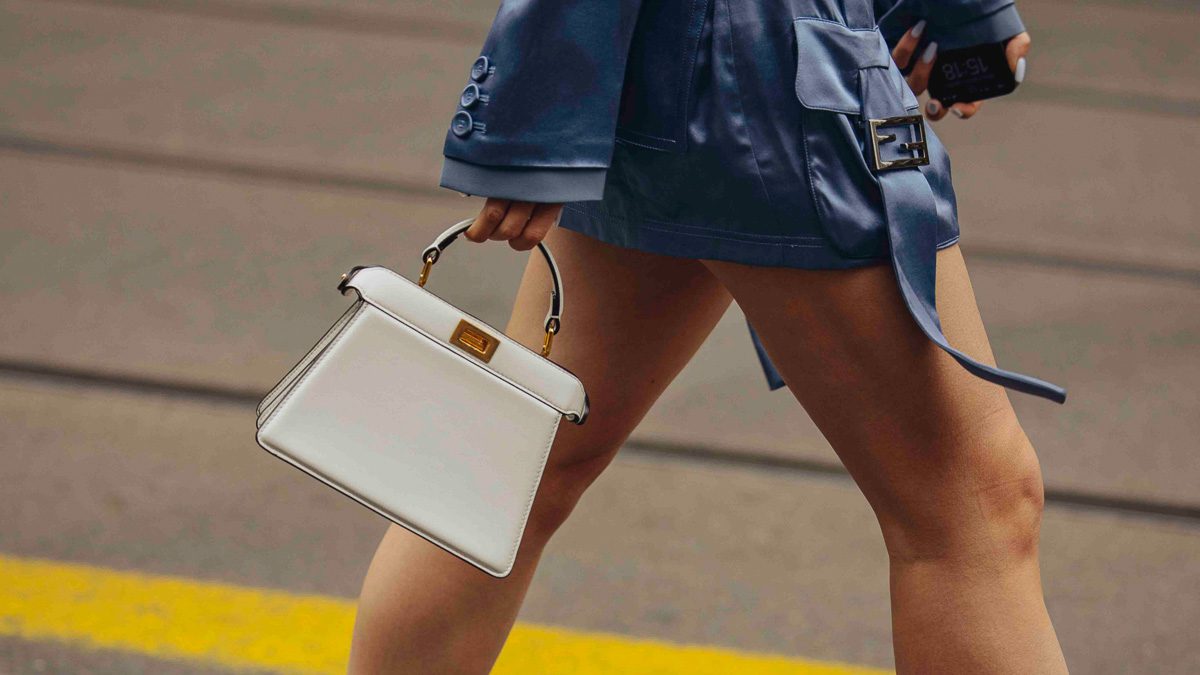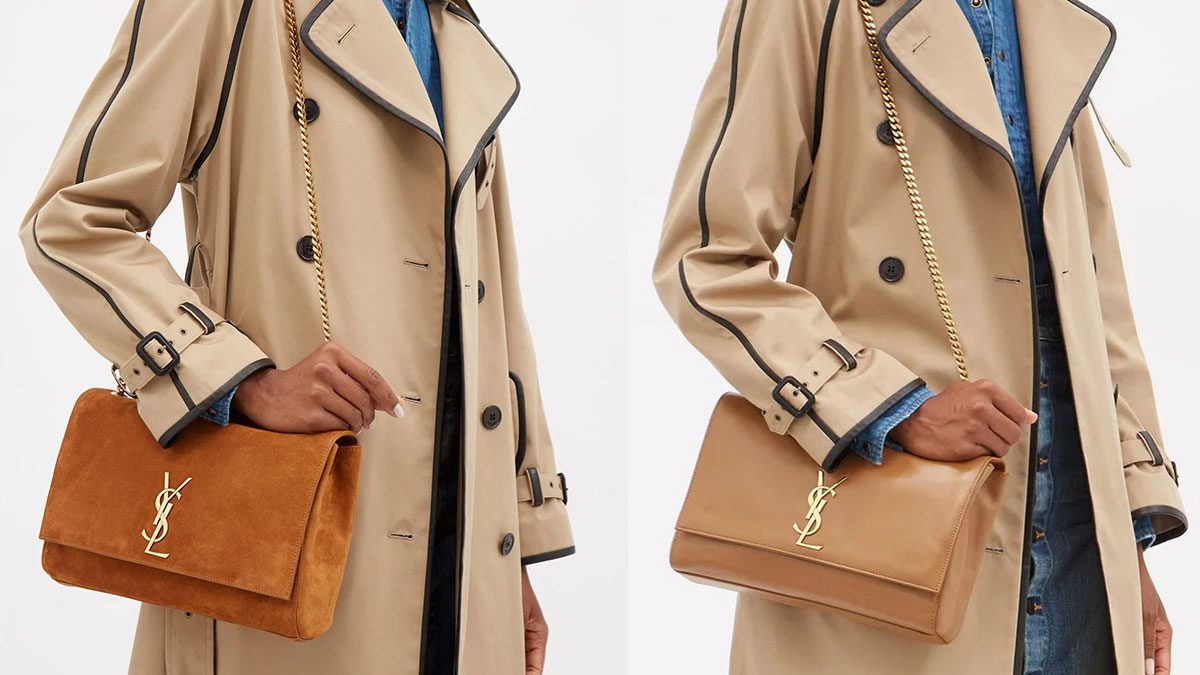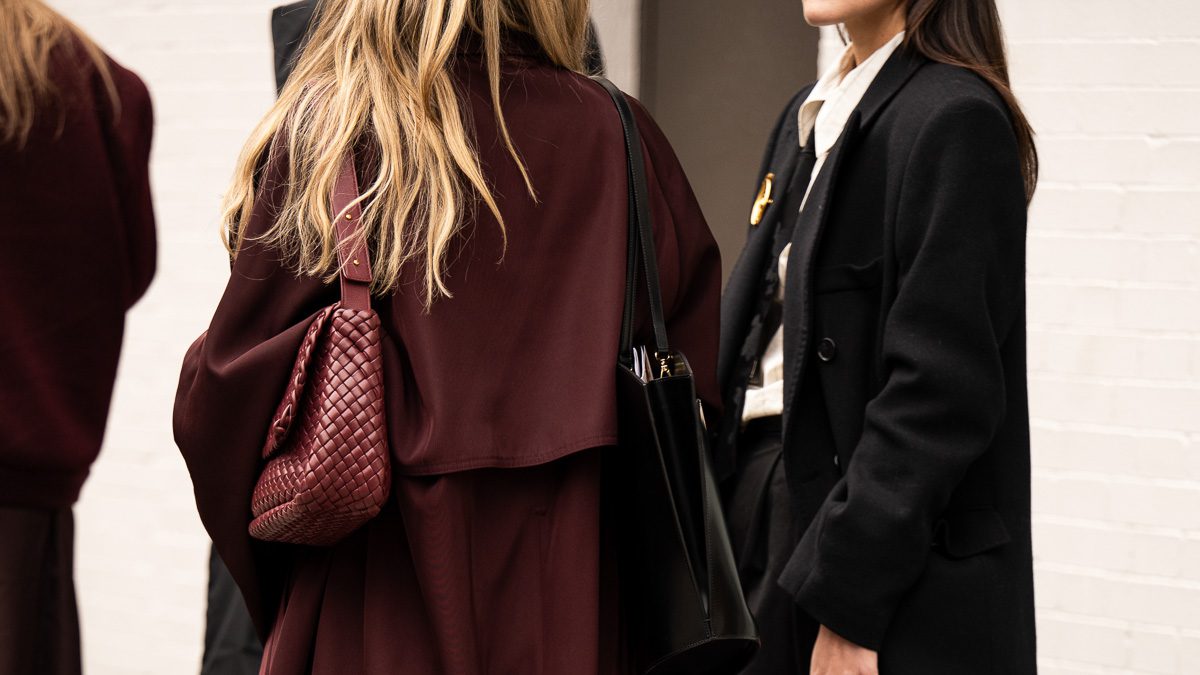When I dove into the world of handbags (although I am not a veteran), the inherent personality of a purse drew me in. A signifier of individual taste, a repository for your most intimate belongings, and, if well looked after, possibly an heirloom for generations to come! A rather overly-romanticized lens, I imagine, for not all of us have the luxury to associate so much sentiment with what is, at the end of the day, inanimate.
And yet, it is this manufactured sense of naïve fantasy that the world of luxuries has traditionally thrived upon. It is why Y2K nostalgia has such a chokehold on our generation, even amidst a trend toward quiet luxuries. It is this magic that has us scavenging through our parents’ closets in search of trinkets of years past, proudly donning them, in all their scuffed and faded glory, as veritable badges of honor (or, if they happened to be particularly covetable, flipping for a mark-up on resale).
So, how exactly do our purses become so unfortunately impersonal? Is it because heritage luxury houses, now headed by corporate conglomerates, resort to cost-cutting and mass-manufacturing methods to maximize their margins? Or did we, as a community, collectively relinquish our ability to cherish what’s ours?
The Slippery Slope of Sentimental Value
Not too long ago, there was a time when purchasing a pricey purse was associated with the landmark events of one’s life – a marriage proposal, a job promotion, or a memorable trip. In other words, we immediately formed an intrinsic connection with our handbags, aside from their function as objects of daily use. Having had my very first “grown-up bag” moment with a saddle Proenza Schouler PS1, I am no stranger to this feeling, nor, I’m sure, is much of our PurseBlog community.
As it turns out, however, the line between marking momentous occasions with the occasional splurge and actively gamifying the process of building up a collection of high-value purchases is dangerously thin. And even if we’ve been lusting after a particular piece for months or years potentially, the dopamine high we derive from each subsequent acquisition becomes gradually slimmer, as a knowledgeable commenter pointed out when I posited last week, “You’ve purchased your Holy Grail, now what?”
But in an inflationary atmosphere, where both luxury prices and, subsequently, our individual price ceilings, are continually stretched beyond our means, is this sentimental value really the best judge of (a handbag’s) character?
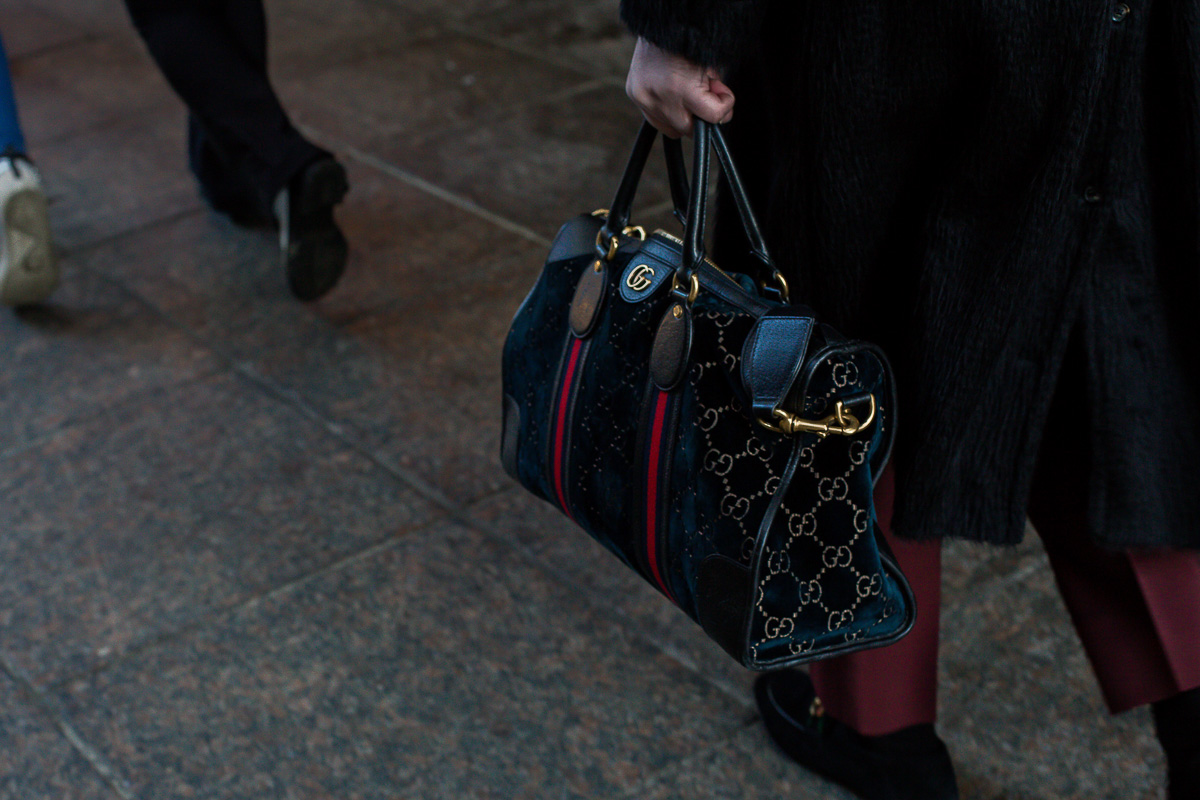
Instant Gratification = Price Desensitization
Enter price-hikes, the tried-and-tested means of alienating the masses and appealing to the moneyed. Of course, luxury has always been expensive. But recent price increases have been particularly brutal and so frequent across the board that they’re now less likely to be met with outrage than with silent resignation. And it’s a pattern not limited to the luxury market – as housing prices soar, many today have similarly accepted renting or moving back to their parental homes as a permanent solution.
What truly exacerbated this, however, was the COVID-19 pandemic. On the one hand, with logistical outages and raw material shortages, brands faced a very real scarcity of products across outlets globally instead of merely the artificial sense of scarcity they wished to curate. On the other hand, idle shoppers with stimulus checks developed an unhealthy obsession for high-ticket purchases as a means of emotional spending (as witnessed by an optimistic season of maximalism post-COVID). Yet others took to assessing their collections through a critical lens, realizing that, at the end of the day, their bags’ intrinsic value was fairly minimal, and consequently offloading them onto the resale market.
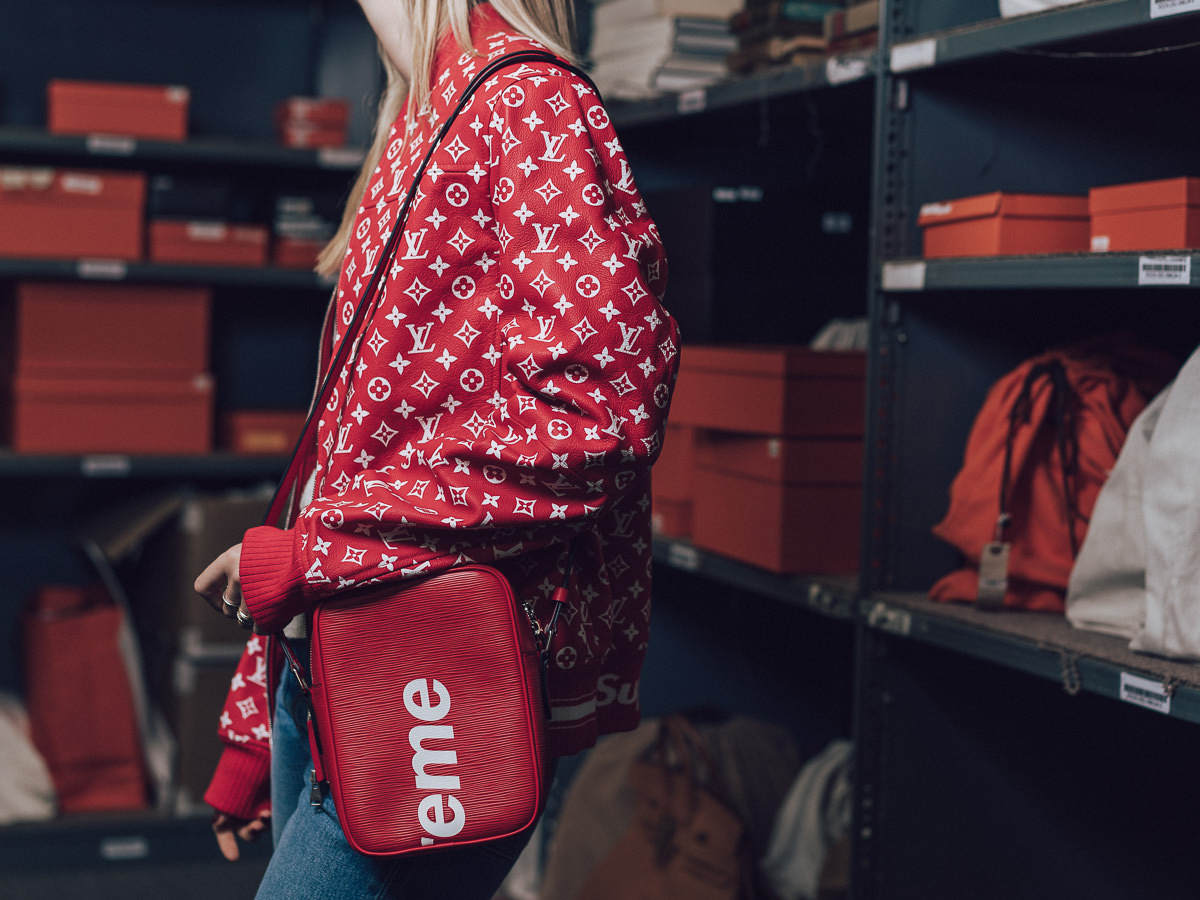
Thus, brands found themselves grappling with the reality of their situation. What had started off as a means of meeting sales targets amid pandemic pressures soon turned into a bi-annual or even tri-annual ritual of price hikes, faced with increasingly desensitized shoppers recklessly shopping for a short-lived sense of gratification, and resellers now flipping their wares matching the inflated retail prices. So much for scarcity, eh?
Is Resale to Blame?
However, in an ideal universe, price hikes wouldn’t be as bad as they sound. As fellow PurseBlogger Alan Tang elaborates, price increases are a means to safeguard the perceived brand image and the investment value of a purchase, reassuring buyers that not only would their bags not depreciate, but, in the off-chance, they might even appreciate in prices! And this comes in conjunction with the luxury house’s attempts to manipulate the resale industry, traditionally a major source of grievance, both from a supply as well as a copyright standpoint, since fakes have historically more readily infiltrated the secondhand market than the primary (although the possibility cannot be ruled out).
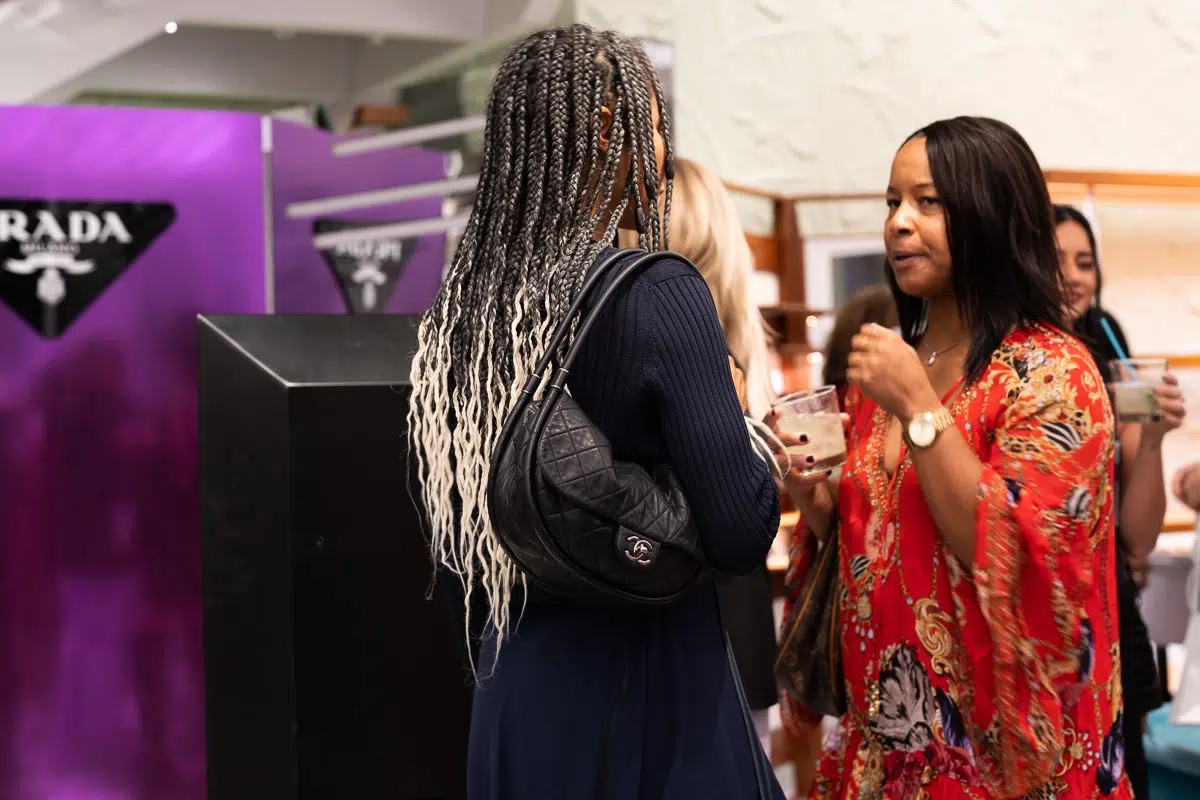
In fact, at the end of the day, all of the price increments and secretive tactics can help lead buyers to hold onto, and thus, value, their belongings more rather than flip them over for a profit. For brands, this would have the dual advantage of desaturating its offerings from the market while converting resale buyers into direct clients. And it is arguably the ease and proliferation of reselling platforms that have made brands more ubiquitous and, consequently, seemingly less valuable to buyers, who can now, unlike previous generations, burn through high-ticket purchases with the speed of fast fashion.
Ultimately, buying luxuries is largely a superficial exercise concerned with projecting a certain image of oneself. The longer we hold onto said luxuries, however, the more they attain the character and personality of the wearer. And in today’s largely impersonal and commercialized handbag climate, perhaps that’s the truest expression of individuality.

